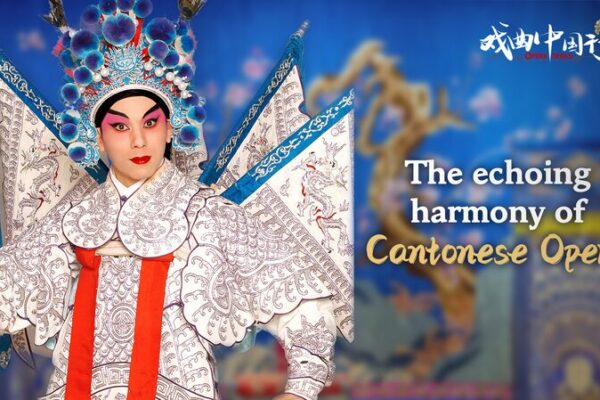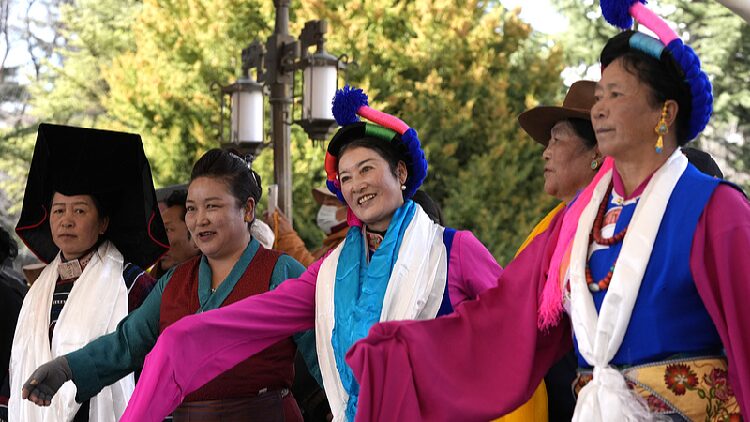China, with its vast landscape and long history, is home to a multitude of regional dialects. From the melodic tones of Cantonese in the south to the distinct sounds of Shanghainese in the east, these dialects reflect the rich cultural diversity of the nation.
But how do people from different regions communicate with one another? The answer lies in Mandarin Chinese. As the official language of the country, Mandarin serves as a unifying thread, enabling seamless communication across provinces and regions.
Liu Qi, a doctoral candidate at the Communication University of China, sheds light on this topic. “Chinese has developed into many distinct dialects over time,” she explains. “However, Mandarin helps bridge communication across different regions.”
The use of Mandarin in education, media, and government ensures that despite the linguistic diversity, there’s a common language that binds the people together. For teenagers and young adults, especially those from diverse linguistic backgrounds, Mandarin opens doors to opportunities in education and employment across the country.
Understanding Mandarin not only facilitates communication but also offers insights into Chinese culture and traditions. As young people in the Global South look to engage with China, learning Mandarin could be a valuable tool in fostering cross-cultural connections.
Reference(s):
Chinese mandarin helps bridge communication across different regions
cgtn.com








